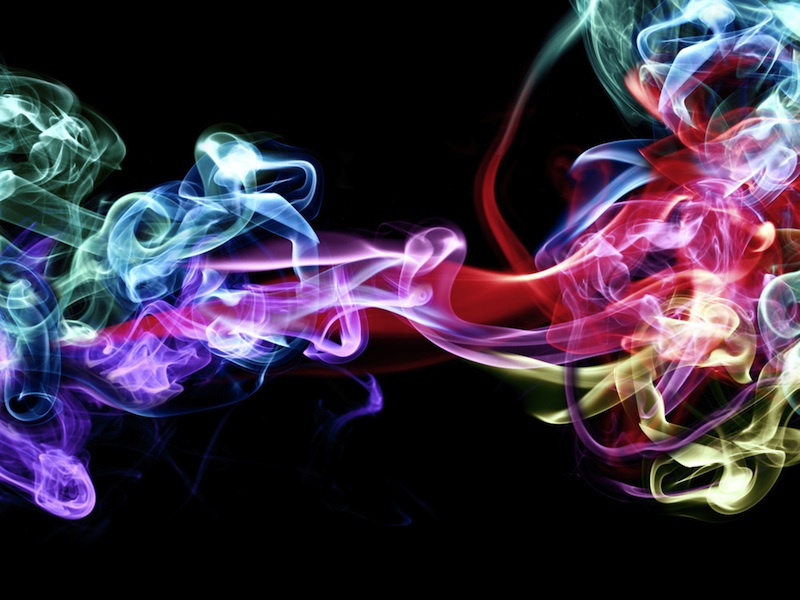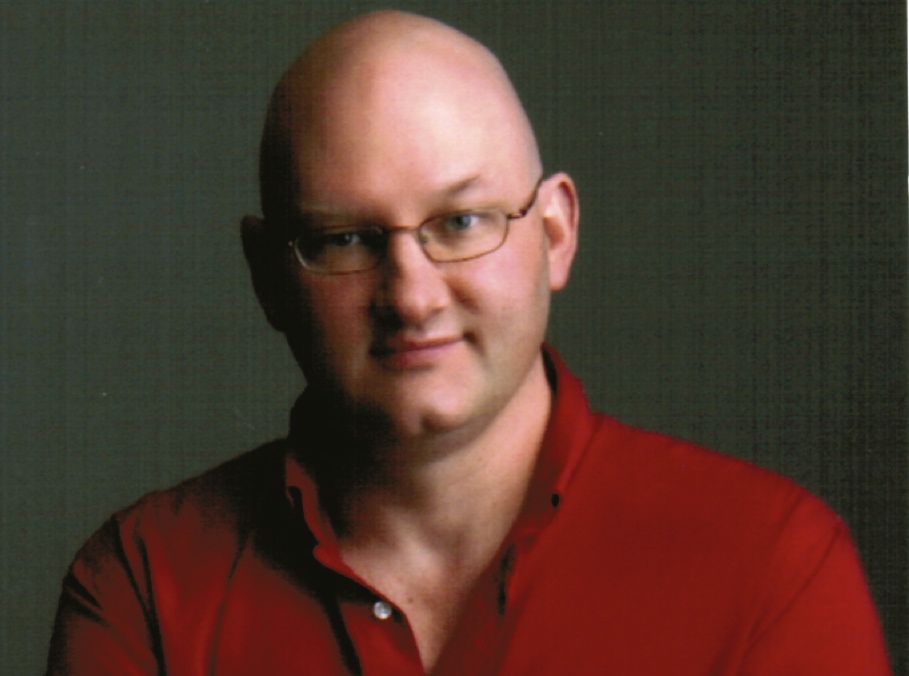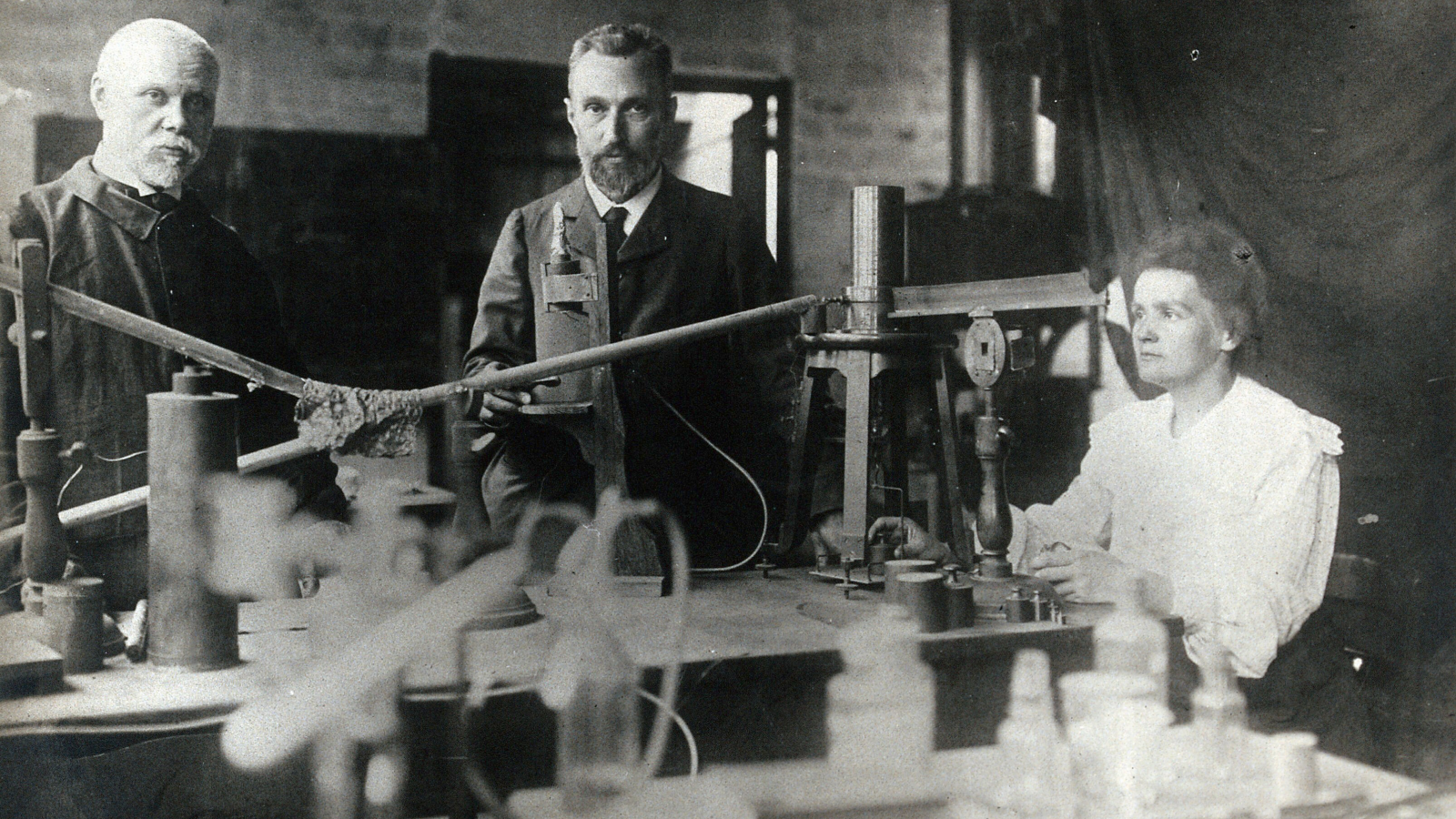Shaman's Herbal Hallucinogen a Fatal Lure for New Age Tourists


The mother of a man who drowned while using a shamanic hallucinogenic drug has filed a lawsuit against the New Age spiritual retreat where the incident occurred.
Garth Dickson, according to his mother, was under the influence of an herbal mixture known as ayahuasca (pronounced eye-uh-WAH-skuh) when he walked into Shasta Lake and drowned in 2012 while at a retreat called the White Flame Institute, according to a lawsuit filed last week in Las Vegas, Nevada.
The White Flame Institute for Consciousness and Liberation offers "transformational life classes" and a "shamanic certification program" along with classes on healing and personal growth, according to the institute's website. Mrs. Dickson accuses the institute and its leader, Bonnie Serratore, of negligence and encouraging the use of ayahuasca as part of the treatments. [5 Controversial Mental Health Treatments]
This is, of course, not the first time that people have died in New Age services: In February 2010, guru and motivational speaker James Arthur Ray was charged with three counts of manslaughter for his role in staging a sweat lodge ceremony in Sedona, Arizona, according to CNN. After an hour inside the small, steam-filled tent, some participants collapsed and others began vomiting. People tried to leave because they were getting sick, but Ray allegedly encouraged them to stay and endure the discomfort, which he said was a form of cleansing that would make them stronger. Three people died in the sweat lodge, 18 were hospitalized, and more were sickened; Ray was eventually convicted of negligent homicide and sentenced to two years in prison.
Ayahuasca tourism
Garth Dickson's death is also not the first to be blamed on what has become known as "ayahuasca tourism." In April, a British backpacker traveling in Colombia, Henry Miller, died after taking part in a "shaman experience" advertised to tourists as a jaunt that included taking ayahuasca, according to The Guardian. He was part of a group of tourists from his hostel who paid $50 for the tour; others survived without harm, but Miller apparently experienced an allergic reaction to the herbal hallucinogenic drink. He became sick during the event and was left to die by the side of a dirt road, The Guardian reported.
In his book "Magic and Witchcraft: From Shamanism to the Technopagans" (Thames and Hudson, 2003), anthropologist Nevill Drury says that "in the upper Amazon basin (Colombia, Peru and Ecuador) shamans make extensive use of ayahuasca, a psychedelic drink made from the tree-climbing forest vine Banisteriopsis caapi. Taking this sacrament allows the shaman to enter the supernatural realm, to have initiatory visions, and to make contact with ancestors and helper-spirits." The hallucinogen is chemically similar to psilocybin, the active ingredient found in magic mushrooms, which have been used for similar purposes by shamans in Central America. [Trippy Tales: The History of 8 Hallucinogens]
Get the world’s most fascinating discoveries delivered straight to your inbox.
New Age beliefs have co-opted and commercialized many Native American and indigenous traditions, from dream catchers to sweat lodges to "traditional" ceremonies staged for tourists. "Ayahuasca tourism has brought new attention, new money and new problems to traditional healers and their communities, and has created a market for the misrepresentation of traditional practices and the exploitation of eager and innocent tourists," writes anthropologist Stephan Bever in his book "Singing to the Plants: A Guide to Mestizo Shamanism in the Upper Amazon" (University of New Mexico Press, 2009).
Bever notes that "the marketing of ayahuasca shamanism is in many ways akin to the marketing of Amazonian household goods at Macy's... Ayahuasca tourists are primarily white, urban, relatively wealthy, well educated, and spiritually eclectic outsiders.... And in almost every case, the goal is not an increased intellectual or scholarly understanding of the indigenous culture but rather personal spiritual growth, healing, and transformative experience."
Ayahuasca tourists who fail to understand the importance of the cultural context in which the drug is used are often disappointed in the experience, perhaps expecting to receive some sort of indigenous-inspired cosmic insight instead of an otherwise ordinary hallucinogenic drug trip, Bever adds.
Like psilocybin, ayahuasca by itself is not particularly toxic, though it may result in nausea, vomiting, psychological distress and cardiovascular effects such as increased blood pressure. The fact that it is "natural" appeals to many people, though, of course, many perfectly natural substances are dangerous or lethal, including snake venom, arsenic, mercury, and toxic plants.
The bigger concern is what killed Henry Miller; when mixed with other drugs and ingredients by a shaman or traditional healer instead of a pharmacist, anyone taking the drugs is taking a risk. People with food or drug allergies who must exercise care in ordering food at restaurants have no way of knowing what they're being given to eat or drink as part of an informal shamanic experience.
Benjamin Radford is deputy editor of "Skeptical Inquirer" science magazine and author of seven books, including "Mysterious New Mexico: Miracles, Magic, and Monsters in the Land of Enchantment." His website is www.BenjaminRadford.com.
Follow us @livescience, Facebook & Google+. Original article on Live Science.



